Cambrian sea monster
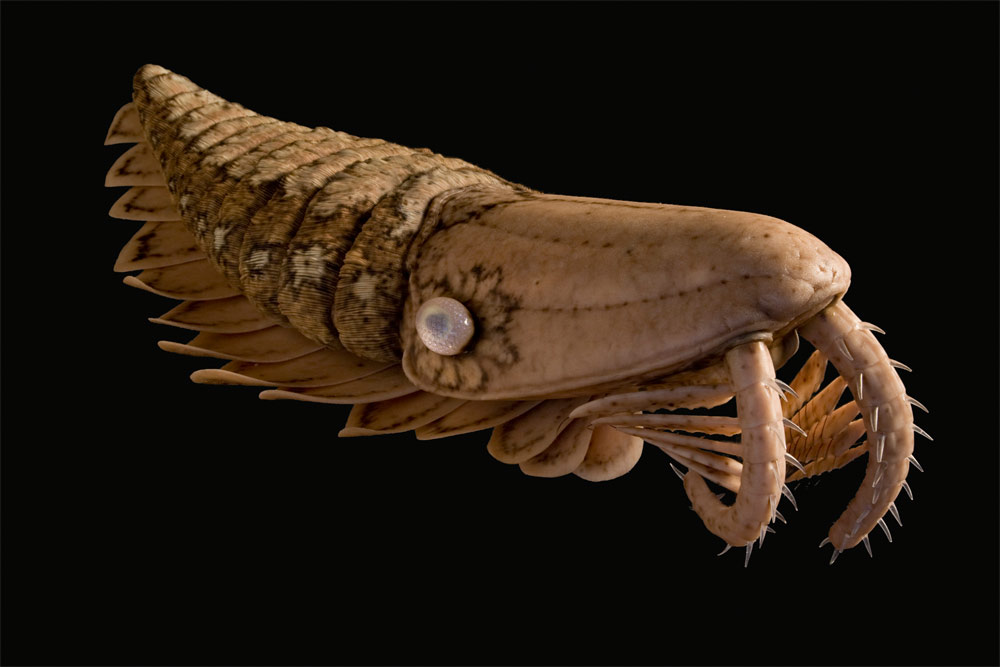
The Cambrian also saw the rise of larger creatures, such as this 2-foot-long ancient shrimplike creatures called anomalocaridids had long, which had spiny head limbs for catching prey
Starfish precursor
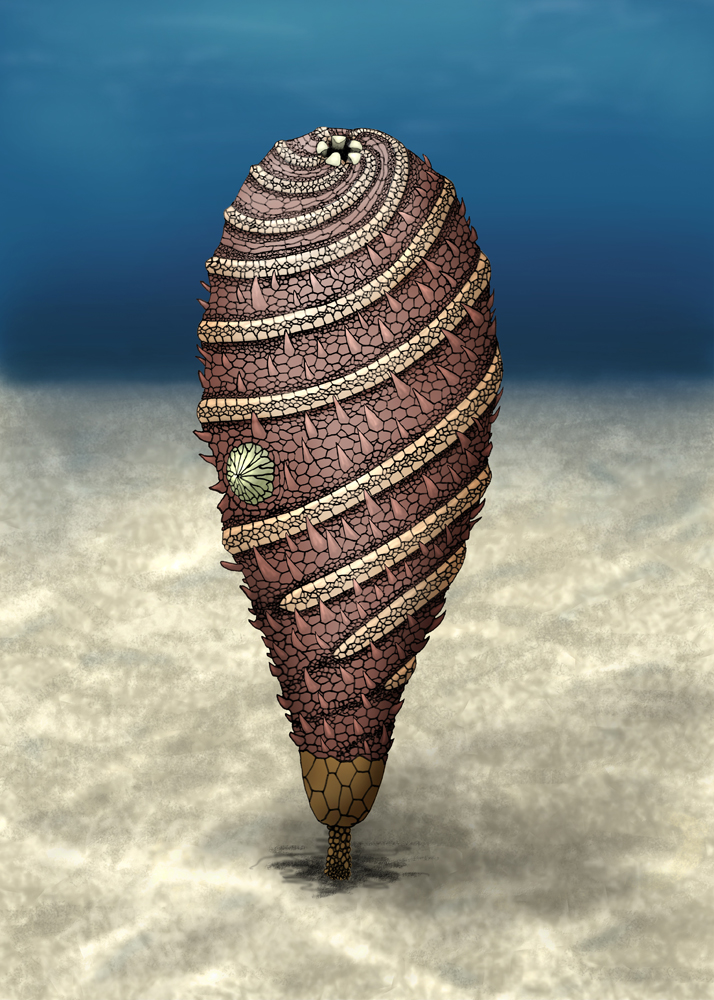
During the Cambrian explosion, the diversity of life exploded and bizarre sea creatures such as the Helcocystis moroccoensis flourished.
Hybrid creature
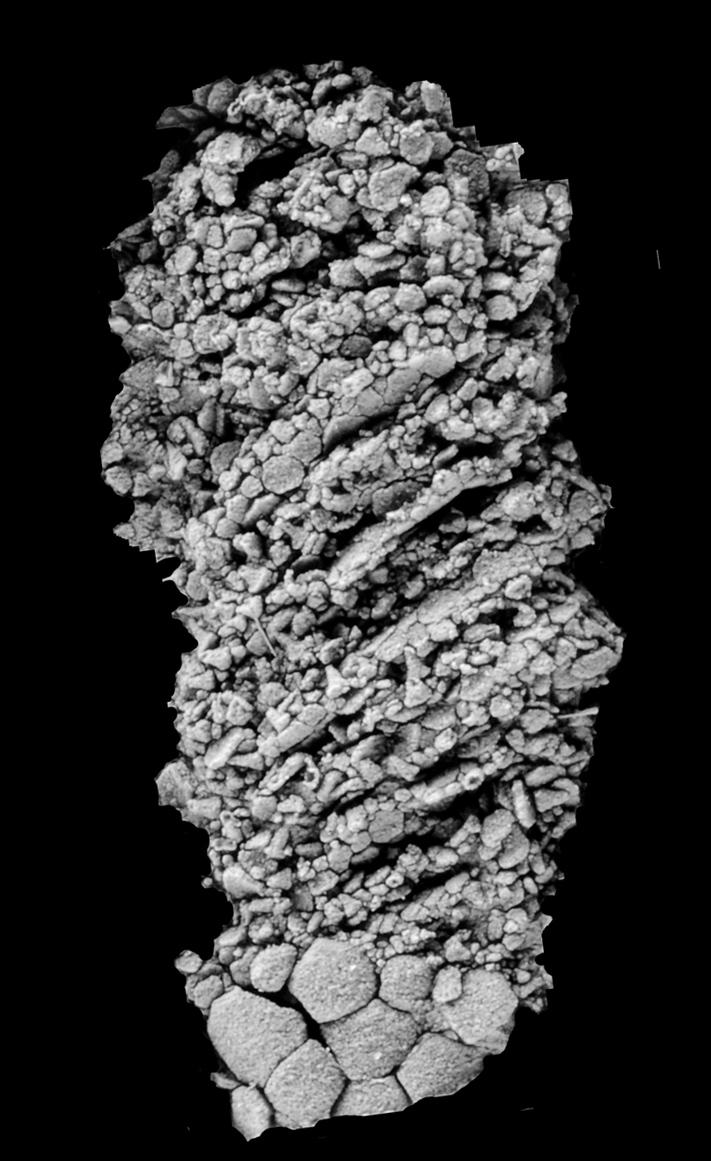
The strange animal had a set of five spiral grooves around its cigar-shaped body that it used to filter food from the water. This unique five point symmetry may shed light on when echinoderms such as starfish and sea urchins evolved their unique body plan symmetry.
Ancient predator
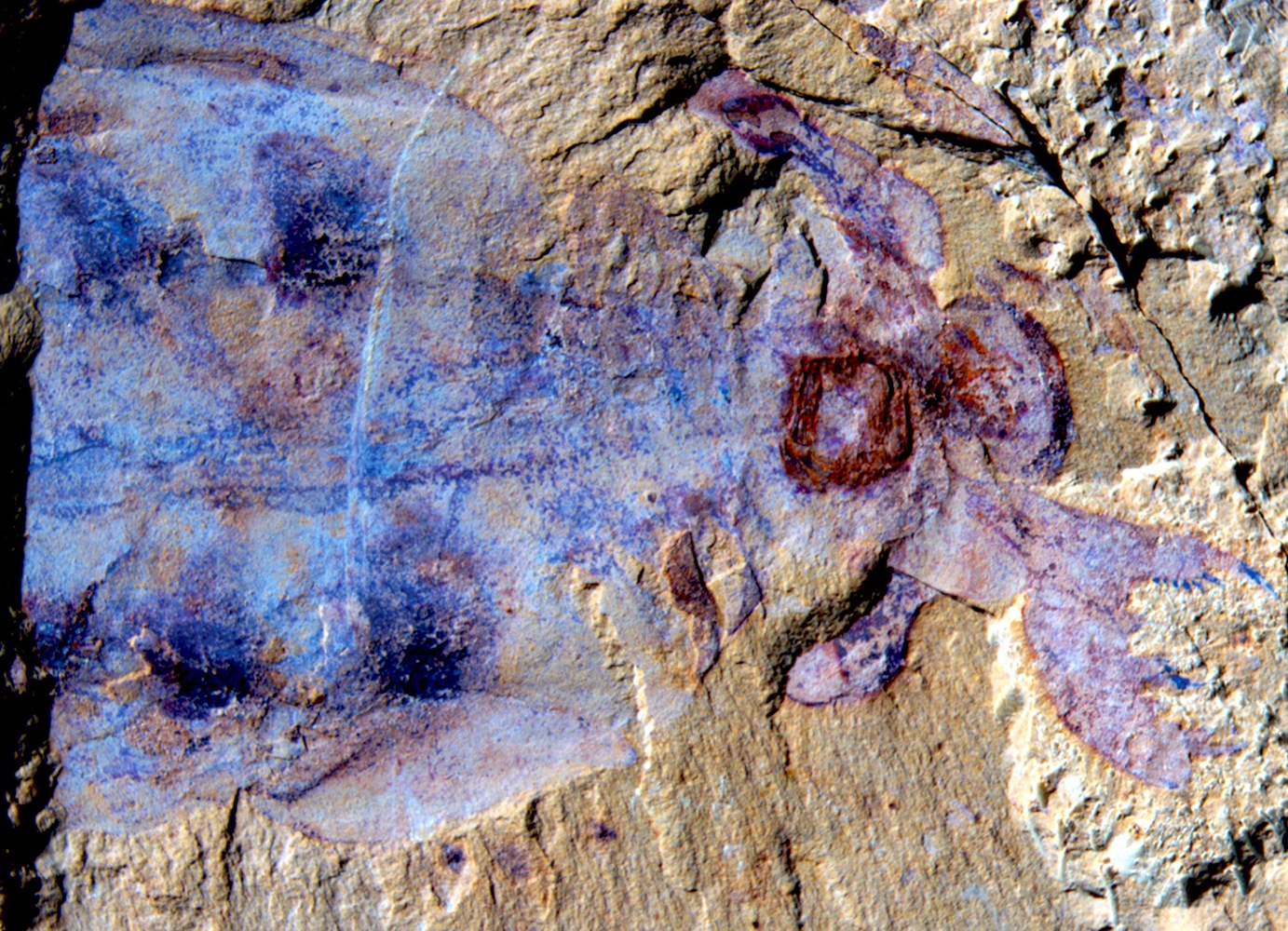
A spectacularly preserved creature, dubbed Lyrarapax unguispinus, was unearthed in China. The 520-million-year-old sea creature was so well-preserved that parts of its brain and nervous system were clearly defined.
"Naked" critter
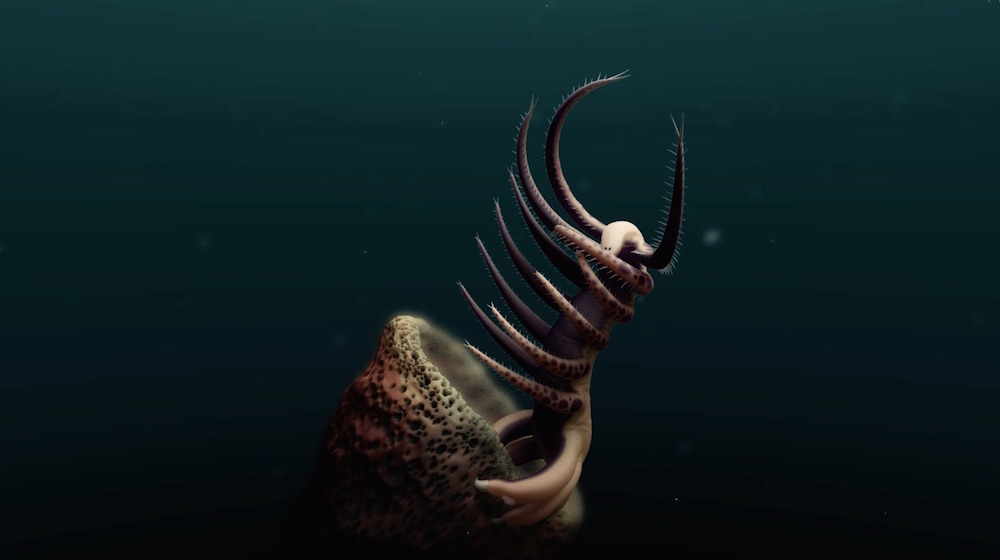
Meet Ovatiovermis cribratus. This lobopodian (a worm-like creature with legs) was naked, meaning it didn't have any armor covering it. Perhaps it used camouflage or toxins to protect itself, the researchers said.
Filter feeder
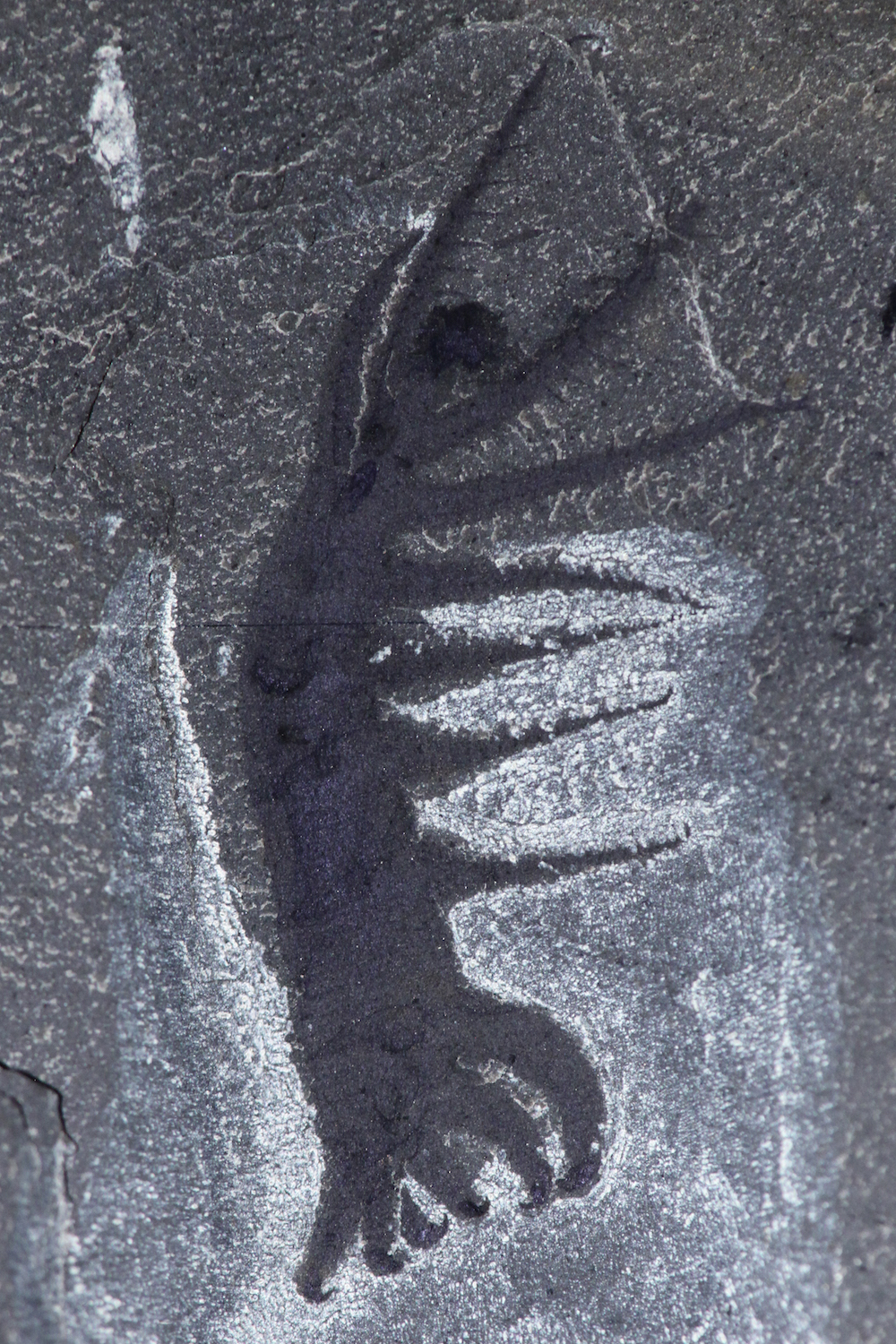
The 500-million-year-old Ovatiovermis cribratus had a unique way of catching its meals. It likely anchored its bottom limbs to the seafloor, and then waved its upper limbs around to catch tiny morsels, such as zooplankton, floating by in the water.
[Read the full story on the worm-like sea creature]
Sign up for the Live Science daily newsletter now
Get the world’s most fascinating discoveries delivered straight to your inbox.

Tia is the managing editor and was previously a senior writer for Live Science. Her work has appeared in Scientific American, Wired.com and other outlets. She holds a master's degree in bioengineering from the University of Washington, a graduate certificate in science writing from UC Santa Cruz and a bachelor's degree in mechanical engineering from the University of Texas at Austin. Tia was part of a team at the Milwaukee Journal Sentinel that published the Empty Cradles series on preterm births, which won multiple awards, including the 2012 Casey Medal for Meritorious Journalism.









